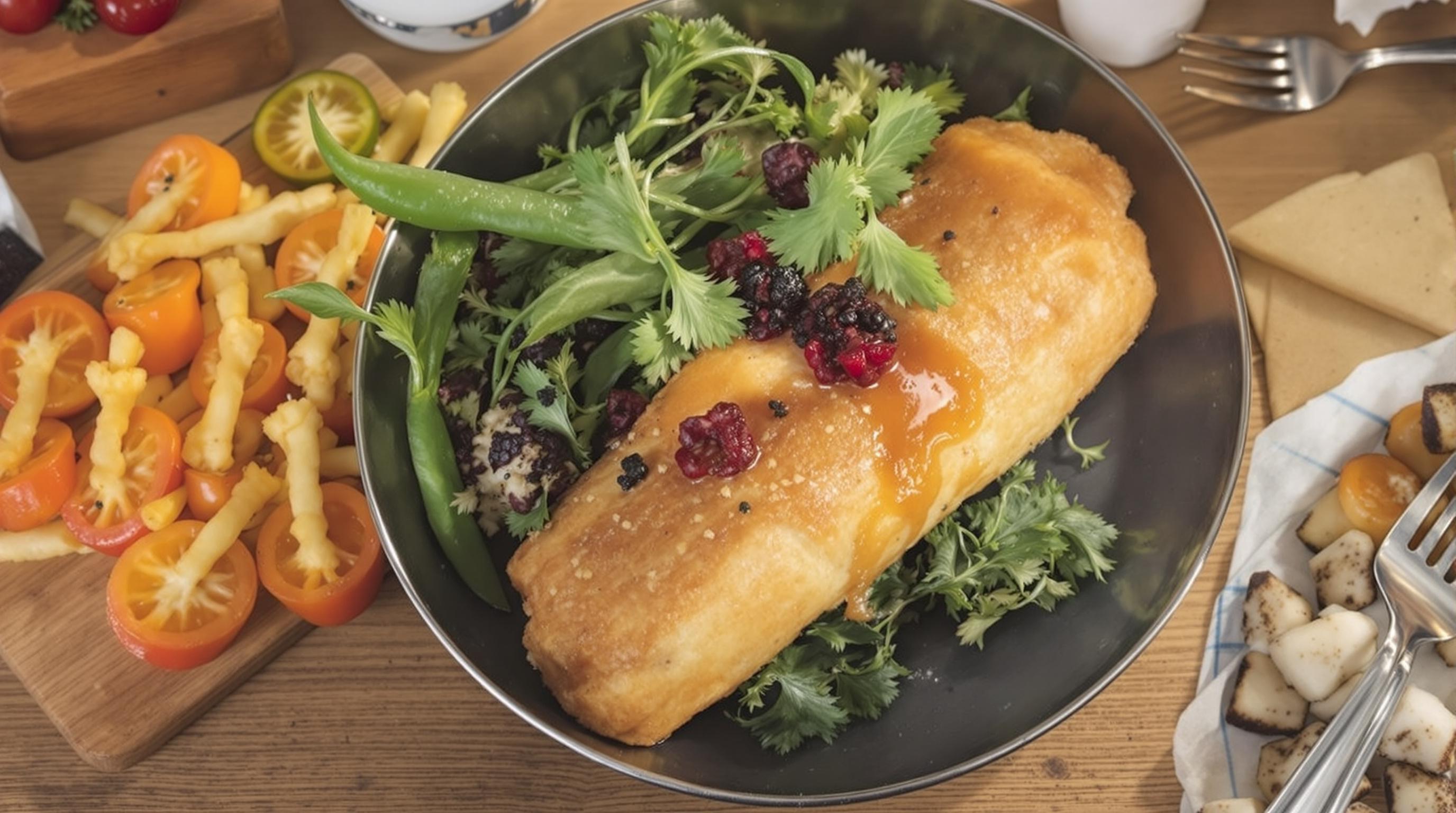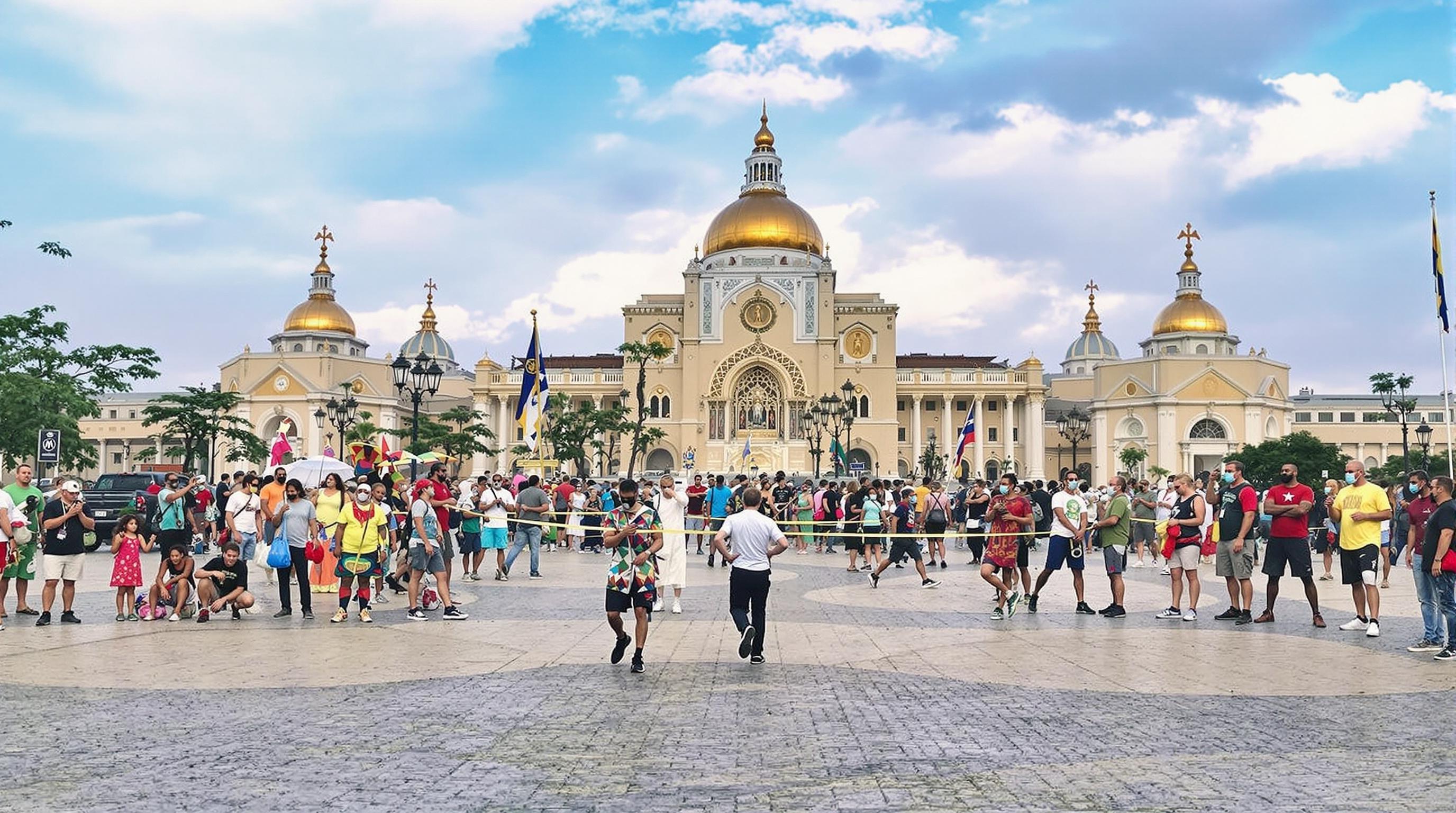Related Articles
- Sporting Rituals: The Curious Connections Between Athletic Events and Ancient Traditions of Worship and Community Bonding
- Game On: The Surprising Influence of Sports on Fashion Trends and Personal Identity in Youth Culture
- Rituals and Rites: How Competitive Sports Influence Cultural Practices in Spiritual and Indigenous Communities
- Sports as Social Glue: Examining the Bond Between Athletic Rivalries and Neighborhood Integration
- Spectacles of Strife: How Weather Patterns Disrupted Historic Sports Events and Changed Athletes' Fortunes
- Bizarre Beginnings: The Unwritten Rules of Quirky Sports and Their Role in Shaping Modern Athletics
Beyond the Field: How Sports Shape Culinary Traditions and Food Culture in Local Communities
Beyond the Field: How Sports Shape Culinary Traditions and Food Culture in Local Communities
Sports and food are intertwined in ways that transcend mere consumption; they form a cornerstone of community identity and tradition. This article delves into how local culinary practices evolve through sports culture, drawing on diverse examples and narratives that reflect its rich impact on various communities.
The Culinary Playbook: Game Day Favorites
When you think of game day, what comes to mind? Perhaps it's the sizzle of hot wings on the grill, nachos piled high with melted cheese, or a spicy chili bubbling on the stove. Sports have pioneered a distinctive food culture that brings communities together, with staples that vary by region.
According to a survey conducted by the National Chicken Council, Americans consumed an estimated 1.4 billion chicken wings during the Super Bowl weekend in 2021 alone. That’s enough wings to cover a football field almost twice over! Game day foods have become synonymous with the united thrill of victory (or the shared agony of defeat), and local food traditions emerge as fans mix regional flavors with classic tailgate offerings.
The Regional Flavor of Sports
Regions often develop an identity through both their sporting culture and local cuisine. For instance, when you think of football in New Orleans, mouth-watering gumbo and po’boys likely come to mind, while Chicago’s baseball fans may envision deep-dish pizza or Italian beef sandwiches. These dishes reflect not only the local palate but also an emotional connection between food, sport, and community heritage.
Case Study: The Houston Astros and Tex-Mex Influence
Consider the Houston Astros; the team’s success in recent years has fueled a culinary renaissance reflecting the city’s rich Tex-Mex culture. Local establishments have leaned into the Astros’ success by creating Astros-themed dishes, like fajita tacos topped with “Astros sauce,” which is a spicy chipotle concoction that speaks to the community’s spirit. This culinary innovation not only promotes local businesses but also fosters a sense of pride among fans.
Food as Fandom: The Home Cook’s Corner
Food doesn’t just take a backseat to sports; it becomes a main character in the fan experience. Home cooks across the country engage in a culinary rallying cry, often crafting elaborate meals for home games or viewing parties. So, what’s cooking in your kitchen this weekend while you root for your team?
During the NCAA March Madness, for instance, many fans host brackets of their own in the kitchen. The tradition of creating themed snacks for each game can contribute to a whirlwind of culinary creativity. Whether it’s crafting cupcakes decorated with team colors or grilling sliders, the art of engaging with sports through food transcends the idea of simple nourishment.
The Emotional Connection
The relationship between sports and food also has a profound emotional component. For many, game days serve as an occasion to bond with family and friends over good food and thrilling competition. Imagine a 70-year-old grandmother teaching her 16-year-old grandson how to make her famous chili recipe while sharing stories of the team’s glorious victories from years past—this is the magic that happens when sports and food collide.
Globalization and Culinary Cross-Pollination
As local sports culture evolves, we see a fascinating trend: the globalization of cuisine. In multicultural cities, new influences further enrich local food traditions. For example, a baseball game in Los Angeles may feature Korean BBQ tacos, while an Atlanta Falcons game could serve up a plate of jerk chicken alongside Southern biscuits. This cross-pollination reflects the changing demographics of the fan base and the growing acceptance of diverse culinary traditions.
Food Fusion: A Delicious Détente
More than merely adapting regional tastes, sports have fostered a culture of fusion foods inspired by the communities that rally behind their teams. This is particularly true in cities that boast a rich melting pot of cultures. Take San Francisco, known for its interactions between the Giants and its thriving food scene; here, cultural fusions manifest in dishes such as garlic fries and artisanal sushi tacos—each bite telling a story of interwoven sporting and culinary traditions.
The Power of Local Ingredients
On a deeper level, these culinary adaptations can also spur economic growth. Utilizing local ingredients not only supports farmers and businesses but reinforces cultural identity. It’s a win-win situation as towns like Ithaca, New York, embraced the local craft beer movement alongside its football-loving community, leading to craft breweries creating team-inspired brews that can be enjoyed during games.
Memorable Moments: Food at the Forefront
There are specific days on the calendar marked not just by matches but also by the unique meals people crave. For example, the Super Bowl has become an unofficial national holiday where food takes center stage. Likewise, the FIFA World Cup sees nations rallying not only around their players but also gathering for traditional feasts in homes, bars, and restaurants, showcasing local culinary mastery.
Culinary Festivals and Sports: A Shared Celebration
Some communities have brilliantly melded sports and food festivals to further celebrate their cultures. Events like the New Orleans Jazz & Heritage Festival blend the local love for music and food with sports, allowing fans from across the country to experience the vibrancy of the local scene firsthand. Such interconnected celebrations attract tourism and create a rich tapestry of communal pride.
Fun With Food: Inventive Fan Experiences
Want to spice up your next fans' gathering? How about creating a “bowl of nachos” competition where guests bring their best-dressed nacho dish? It’s an interactive way to engage everyone while embracing creativity. The winner could even score a unique memorabilia item from the game, marrying sport with culinary innovation.
Conclusion: Celebrating Heritage Through Food and Sport
In the end, sports and food offer a unique perspective on community-building. They invite individuals to come together and share in the celebration of regional pride, memory, and emotion—as well as delicious flavors. As you dig into your favorite game day snacks, take a moment to appreciate the rich traditions and stories behind those dishes. They are, after all, an essential part of the narrative we all share.




